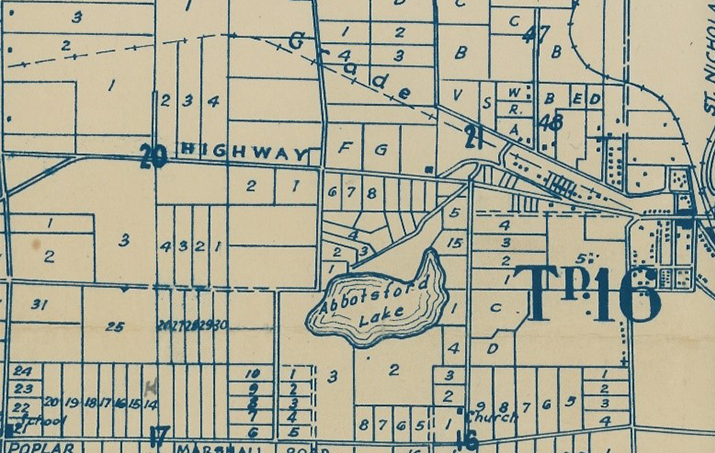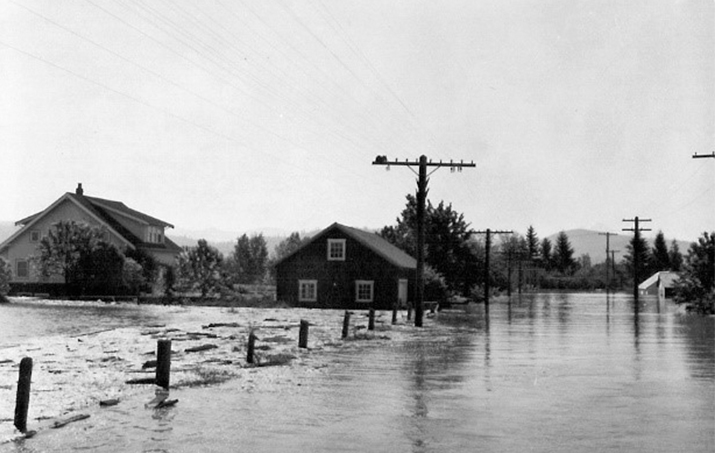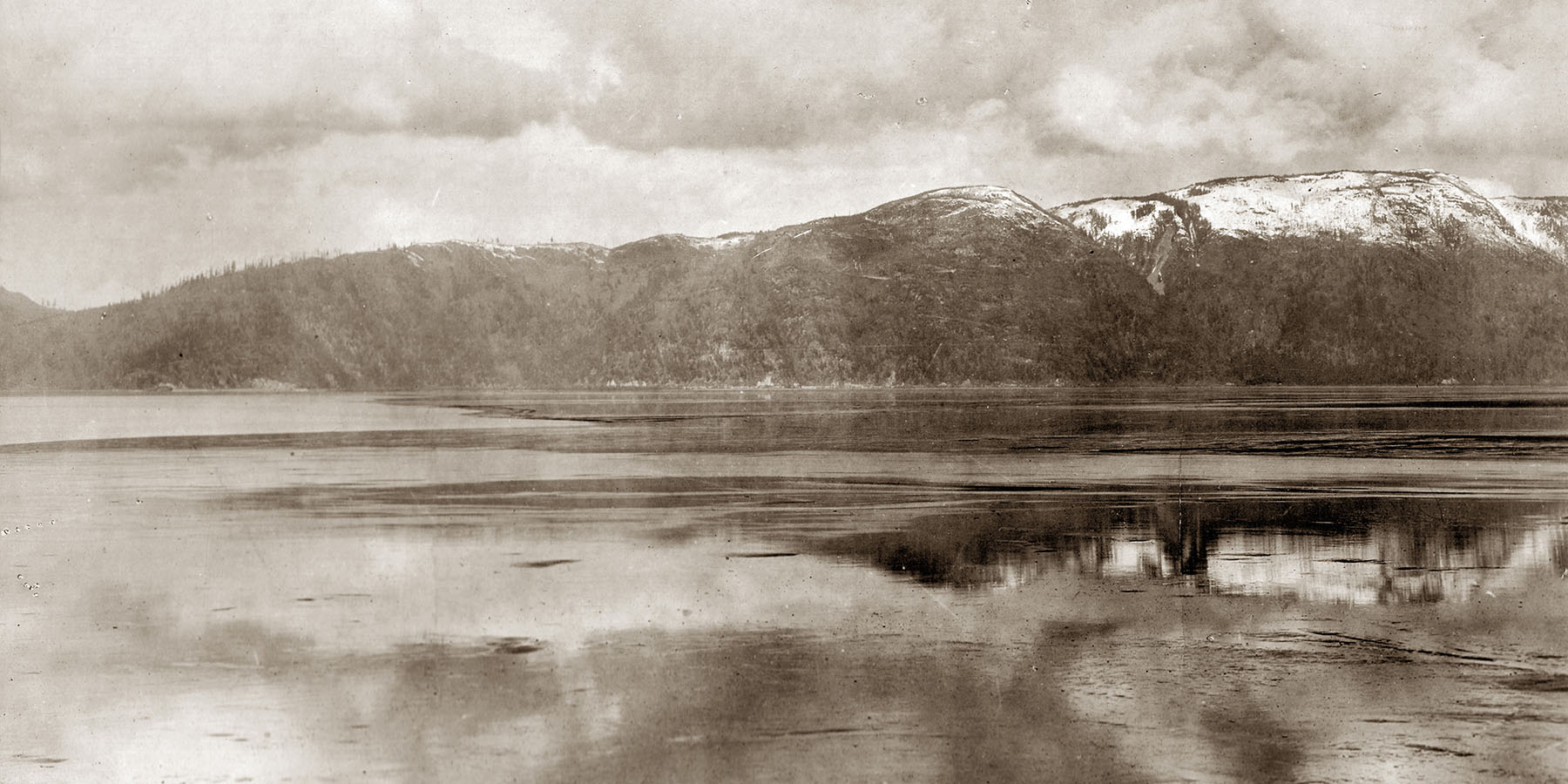Tours & Programs
Visit The Reach
School & Group Visits
Visiting The Reach offers a fun and accessible way to engage with art, history, and culture through inquiry-based tours and hands-on explorations. These visits allow participants to make connections between exhibition content and their own lives.Participants: Open to groups of all ages and abilities, including schools, camps, clubs, senior groups, daycares, homeschoolers, and more!
Group Size: Groups with over 30 participants will be split into smaller groups and rotate between stations. One adult chaperone is required for every 10 children (no charge for teachers or chaperones).
Options:
1. Tour & Try: Guided tour of current exhibitions and a hands-on art activity. (70-90 minutes) – $10/person
Tour Only: Guided tour of current exhibitions. (30-45 minutes) – $7/person
Availability: Tuesday – Friday
Maximum group size: 90.
2. The Reach + Clearbrook Library: In this coordinated field trip, participants receive our standard Tour & Try, plus a special Storytime and new Library Cards at Clearbrook Library! (2 hours total) – $10/person for The Reach, Clearbrook Library is free
Reserve 4 weeks in advance to accommodate new Library Card applications
Availability: Tuesday – Friday, inquire for specific availability
Maximum group size: 120 (60 per location).
Request a group visit
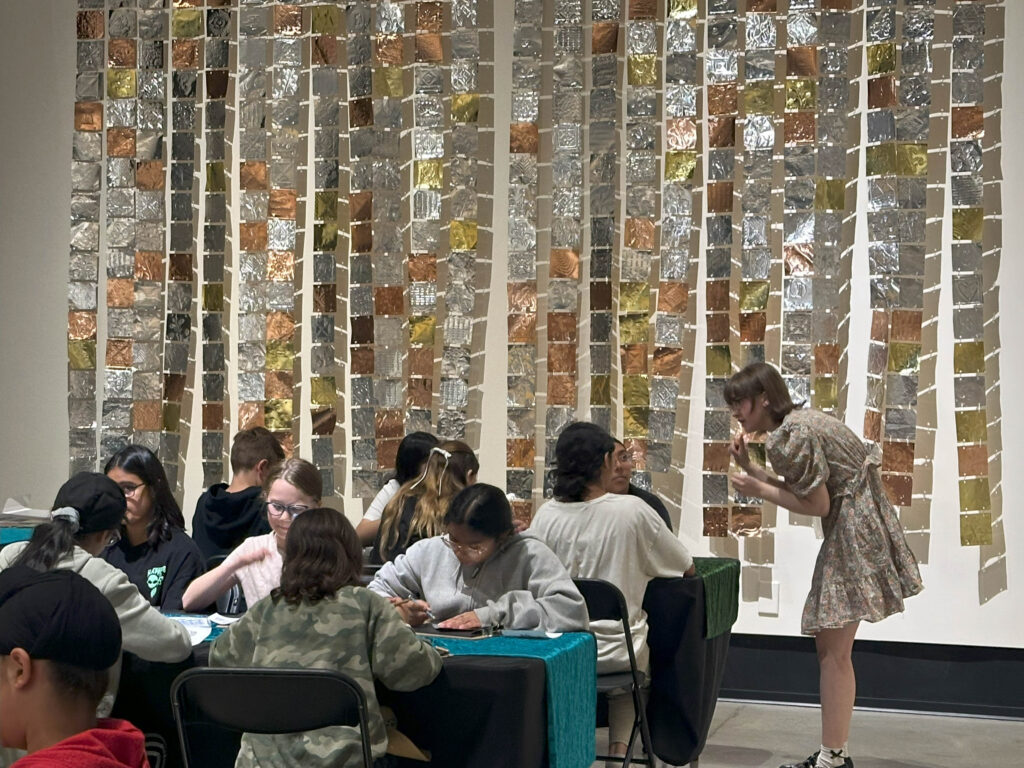
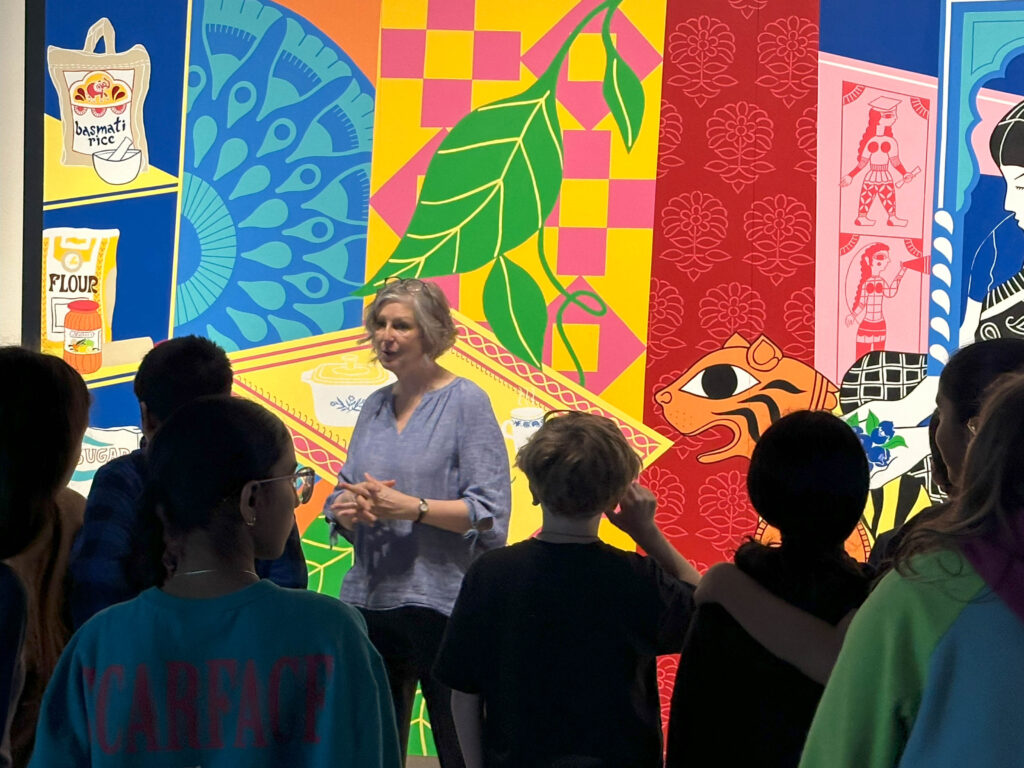
History Presentations
Our Curator of Historical Collections, Kris Foulds, can deliver any of the programs below as part of a Voices of the Valley tour at The Reach, or as an in-class presentation.Request a history presentation
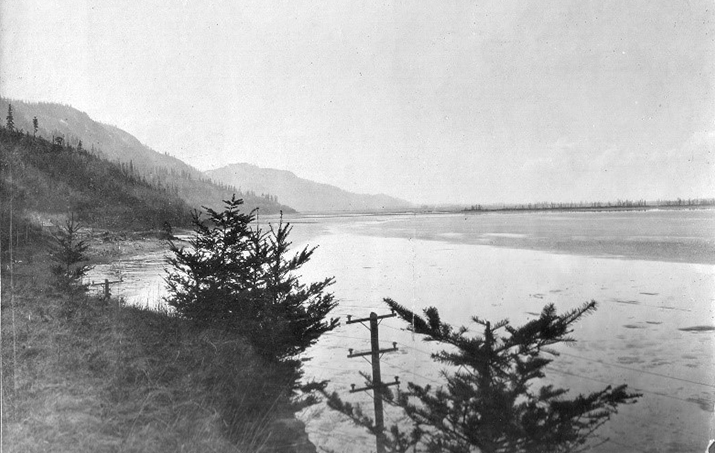
Land Beneath The Lake (Presentation/Workshop)
Land Beneath the Lake explores the Sema:th peoples’ connection to Sumas Lake, early exploration and settlement of Sumas Prairie and discusses the lasting outcomes of drainage of the lake during the 1920s.
Activity Ideas:
-Following the presentation students debate whether To Drain or Not to Drain? Students are asked to research then defend one of the multiple perspectives that relate to the Sumas Drainage Project: Indigenous rights; settler interests; economic value; environmental concerns.
What’s In A Name? (Presentation)
If John Maclure subdivided the Village of Abbotsford, why don’t we call it “Maclureberg”? What’s in a Name traces contemporary place names back to explore the history of local places, people and events.
Activity Ideas:
-Research the name originally given to an Abbotsford location by the Stó:lō people and add the name to a contemporary map of Abbotsford.
-Draw a map of your neighbourhood and assign new street or park names that have significant meaning to you. Share your history stories with the class.
-Research new street names for areas under development and submit them to the City of Abbotsford
River’s Fury (Presentation)
In May 1948 the Fraser River burrowed through its dyke and onto Matsqui and Sumas Prairies. River’s Fury tells the stories of how the community prepared for the worst, responded when it came and united to recover from it.
Activity Ideas:
-Do students live on one of Abbotsford’s flood plains? What should you know in the event of a flood? See the City of Abbotsford flood preparation website
-Invite someone who lived through the 1948 flood to the classroom to share their stories.

